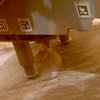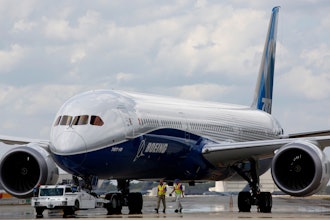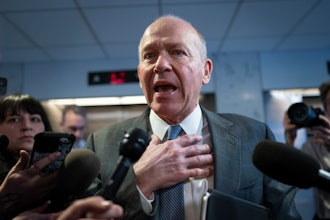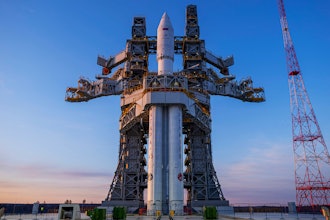Amid news that a true hero, Neil Armstrong, had passed away last week, I — like many Americans likely have — did some soul-searching into what variables add together to equate to a life well-lived. Regardless of what the individual components are for each of us, there’s little question that Armstrong had a preponderance of them, if not them all. His legacy should stand alongside the most famous explorers in human history, such as Erik the Red, Magellan or, putting aside the human rights violations,
And that legacy only exists because Armstrong was a master of taking calculated risks. Based on his storied pre-NASA career in the Korean War and as a test pilot, Armstrong was the kind of person who pushed the limits of possibility, but only because he seemed confident that he’d emerge relatively unscathed.
Amid his untimely passing, and the recent landing of the Curiosity rover on Mars, many are wondering if
But back in Armstrong’s prime, innovation was a matter of national pride, of maintaining the
The day was May 6, 1968. Armstrong was conducting training flights on board the lunar landing research vehicle (LLRV) — more casually called a Flying Bedstead — at a Houston-area Air Force base. The LLRVs were not prototypes, but rather training crafts that, through the use of a jet engine that Now, Armstrong was no stranger to flying crafts that had not been fully-vetted, but during a training flight more than a year before his moon landing, Armstrong nearly lost his life strapped into one of the LLRVs.
I'd recommend you go check out the video itself at the Air & Space blog from the Smithsonian: http://www.airspacemag.com/video/Armstrongs-Close-Call.html
Otherwise, you can settle for some images:
Two images of Neil Armstrong's close call onboard the LLRV craft. Left: Instants after ejection. Right: Parachuting down through smoke from the craft's wreckage.
In the first 20 seconds of the clip, we see a young — dare I say “dashing” — Armstrong, replete with well-manicured hair, shaking hands and smiling just before the test flight. And then the insect-looking craft takes flight vertically on a single jet engine, and he genuinely looks like he’s at the helm of some machine that, even today, is more science fiction than reality.
By thirty seconds, he’s reached a height of what looks like a few hundred feet — presumably enough to get an accurate feel for the way the craft will descend. As the craft slowly floats back down over the next half-minute, one can see Armstrong actuating various hydrogen peroxide rockets to stabilize the craft. He nearly approaches the ground, but appears to ascend once more, and here is where the craft begins to sway irregularly.
The Smithsonian says that a leaking propellant caused Armstrong’s flight controls to fail completely, evidenced in the way the LLRV quickly lurches forward, and then back, as Armstrong, presumably, tries to counteract the unforeseen action. Finally, he ejects as the LLRV plummets into the ground and erupts in a fireball. The anecdote goes that he escaped with only a sore tongue, having bitten it during ejection.
Armstrong biographer James Hansen, in his book First Man, writes that just an hour after the incident, Armstrong was back at work in his office. Fellow astronaut Alan Bean said, “I can’t think of another person, let alone another astronaut, who would have just gone back to his office after ejecting a fraction of a second before getting killed.”
To me, that’s the perfect exemplification of someone who understood the risk of his current predicament. Armstrong knew he could die when he strapped into that LLRV, but he also knew that he was an expert pilot who had the last-ditch option of ejecting to relative safety. He also knew that these simulation flights would give him critical experience when it came to flying the actual moon lander during the Apollo 11 mission. And flying to the moon was the ultimate risk of all — going where no human had gone before.
While we shouldn’t unnecessarily risk human life by throwing would-be Moon (or Mars) explorers out beyond Earth’s gravitational pull, we should take note of what Armstrong and his compatriots did, and, more specifically, how they did it. For someone who was most certainly not alive when Armstrong stepped onto the moon and made it back safety, that’s the way I’ll choose to remember him. I hope others will do the same, and we can start to remember that one doesn’t get to great places by coasting, but rather flying.
Just make sure you’re sitting in an ejection seat.






















